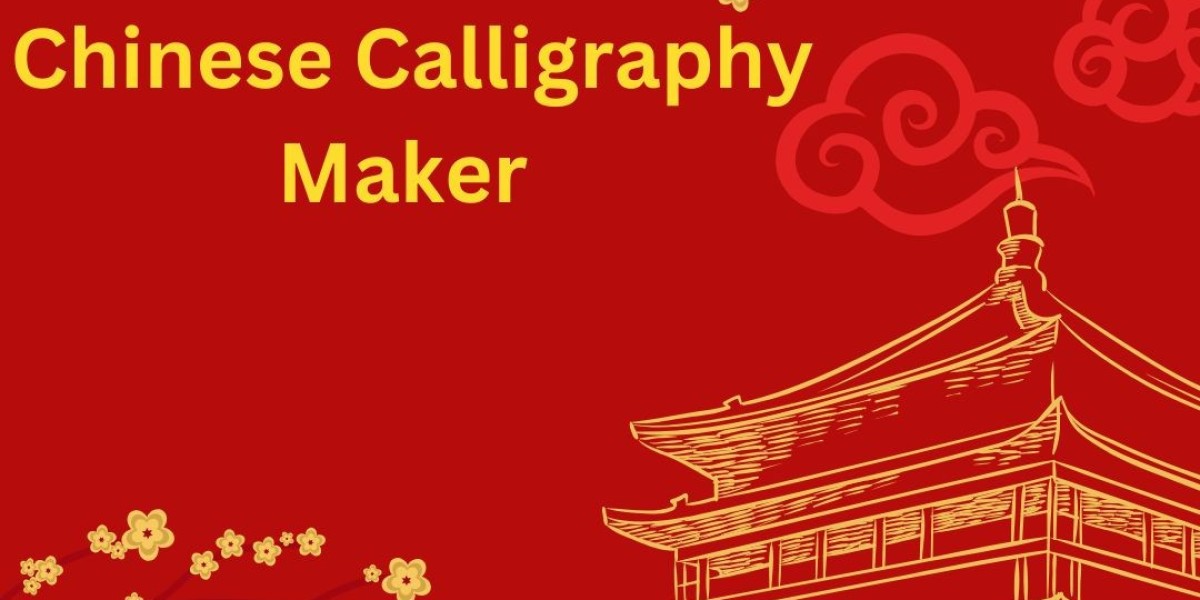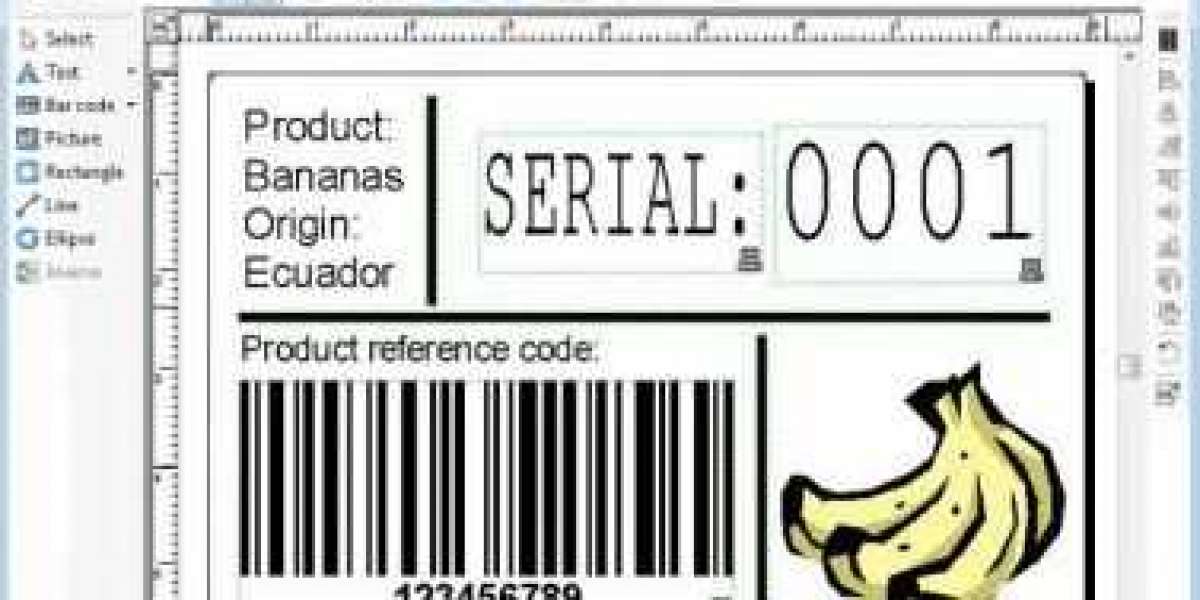Chinese calligraphy is more than just writing; it is a revered art form with deep cultural roots. A Chinese calligraphy maker possesses the skill, precision, and creativity to turn brushstrokes into an expression of history, philosophy, and personal style. The intricate process of creating Chinese calligraphy involves discipline, mastery of brush techniques, and a profound understanding of traditional scripts.
The Foundation of Chinese Calligraphy
The essence of Chinese calligraphy lies in its connection to ancient traditions. For centuries, calligraphers have followed techniques passed down through generations. Every stroke holds meaning, and each style represents different historical periods and philosophical beliefs. The Chinese calligraphy maker does not simply replicate symbols; they infuse each character with a unique rhythm, balance, and spirit.
The foundation of this art form is built on understanding traditional scripts, such as:
- Seal Script (Zhuanshu): The oldest form, known for its decorative curves.
- Clerical Script (Lishu): Recognizable for its flat and wide strokes.
- Regular Script (Kaishu): The most commonly used style today.
- Running Script (Xingshu): A semi-cursive script that allows for fluidity.
- Cursive Script (Caoshu): A highly stylized and expressive script.
A Chinese calligraphy maker carefully selects the script to match the artistic vision and purpose of the work.
Mastering the Brushstrokes
Chinese calligraphy is deeply rooted in the movement of the brush. The brush must be held at the correct angle, applying varying levels of pressure to create bold or delicate lines. A Chinese calligraphy maker must train for years to perfect the coordination between hand movements, ink flow, and paper texture.
Each stroke carries a rhythm that determines the overall harmony of the piece. The pressure and speed at which the brush moves affect the thickness and intensity of the ink. The ability to control these elements is what distinguishes an experienced calligraphy maker from a novice.
The Role of Ink and Paper
Ink and paper selection are crucial in the creation of Chinese calligraphy. Traditional ink is made from grinding ink sticks with water on an inkstone. This process allows the artist to control the consistency and depth of the ink. The paper used must complement the ink’s absorption, ensuring smooth strokes and preventing unwanted smudging.
A skilled Chinese calligraphy maker understands the interaction between ink and paper, adjusting techniques accordingly to achieve the desired aesthetic effect. Some prefer raw, absorbent paper for softer strokes, while others choose treated paper for sharp and defined lines.
The Spiritual Aspect of Calligraphy
Beyond the technical aspects, Chinese calligraphy is deeply connected to philosophy and meditation. Many practitioners see it as a form of spiritual cultivation, requiring a calm mind and focused energy. A Chinese calligraphy maker does not simply write characters; they express emotions, thoughts, and philosophical ideas through brush movements.
Each character is a reflection of the artist’s state of mind. A rushed or unbalanced stroke can reveal tension, while a smooth and flowing line signifies tranquility. This connection between the artist’s emotions and the calligraphy itself makes every piece unique.
The Influence of Calligraphy on Other Art Forms
Chinese calligraphy has influenced numerous other art forms, including painting, poetry, and even modern graphic design. Many painters incorporate calligraphic elements into their work, blending brush techniques to create visual harmony. Similarly, poets have historically used calligraphy as a medium to convey literary expressions, combining the beauty of words with artistic strokes.
A Chinese calligraphy maker often experiments with different compositions, using white space creatively to enhance the impact of the written characters. The balance between filled and empty spaces plays a crucial role in the overall aesthetic appeal of the artwork.
The Role of Tradition in Contemporary Calligraphy
Despite technological advancements, traditional calligraphy remains highly respected. Many artists continue to practice and preserve classical techniques while also experimenting with new styles. A Chinese calligraphy maker today may use digital tools to refine their designs or integrate calligraphy into modern visual media.
Calligraphy is also a key part of cultural celebrations and ceremonies. It is often used in festivals, religious texts, and decorative art pieces that carry symbolic meanings. Even in contemporary society, the art of Chinese calligraphy maintains its significance, reflecting centuries of tradition and artistic evolution.
The Learning Process for Aspiring Calligraphy Makers
Becoming a Chinese calligraphy maker requires dedication and practice. Traditionally, students begin by learning basic brush control and stroke techniques before progressing to more complex scripts. Some key steps in mastering the art include:
- Practicing Fundamental Strokes: Mastering dots, horizontal, vertical, and curved strokes.
- Studying Classical Scripts: Understanding historical styles and their unique characteristics.
- Analyzing Masterpieces: Observing works of famous calligraphers to learn composition and rhythm.
- Developing Personal Style: Experimenting with brush movements and ink variations to create unique expressions.
- Consistent Practice: Repeating exercises daily to refine hand control and fluidity.
A Chinese calligraphy maker never stops learning, as the art form offers endless opportunities for refinement and creativity.
The Cultural Significance of Calligraphy
Chinese calligraphy is deeply intertwined with cultural identity. It is regarded as an essential art form that represents discipline, intellect, and artistic expression. Throughout history, emperors, scholars, and monks have practiced calligraphy as a means of communication and personal refinement.
Even today, calligraphy plays a role in traditional ceremonies, academic achievements, and artistic displays. A Chinese calligraphy maker contributes to this enduring legacy by preserving and advancing the art through continuous practice and innovation.
Conclusion
A Chinese calligraphy maker is more than an artist; they are a storyteller, historian, and philosopher. Through precise brush movements, they capture the essence of language, culture, and personal expression. Every character holds meaning beyond its written form, reflecting the emotions and mastery of the calligrapher.
The journey to becoming a skilled calligraphy maker requires patience, discipline, and an appreciation for the artistic and spiritual depth of the craft. Whether practicing traditional scripts or exploring modern interpretations, a Chinese calligraphy maker continues to honor an art form that has shaped cultural history for centuries.



